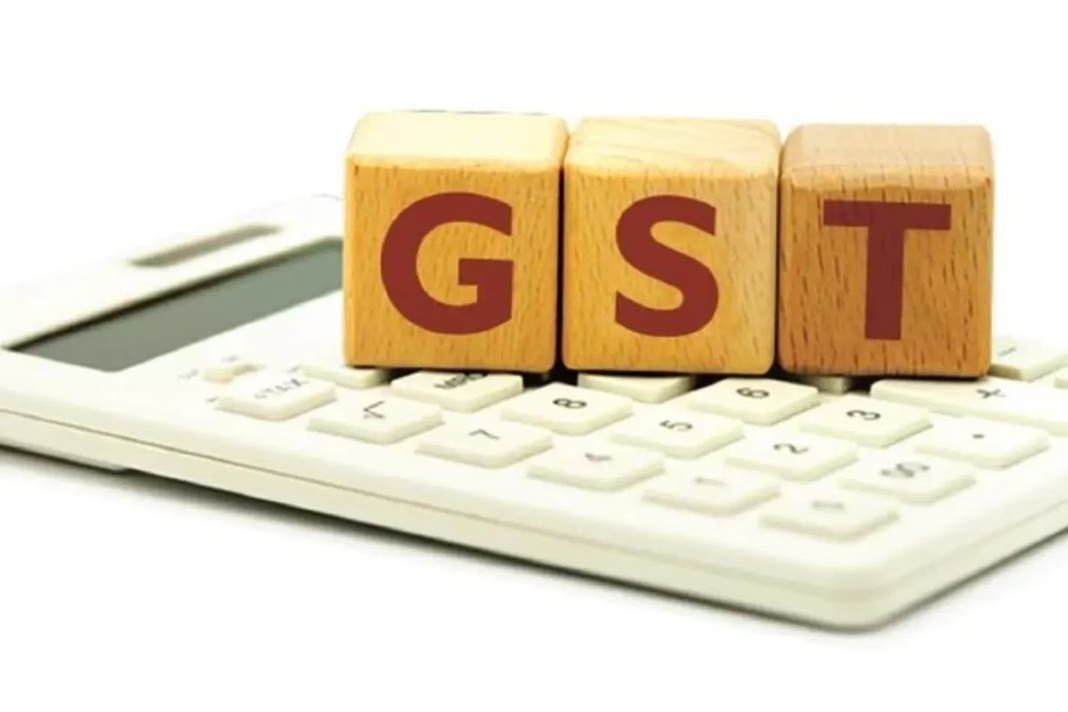GST Reforms: India is preparing for a major shift in its taxation system with the rollout of GST 2.0 on September 22. Finance Minister Nirmala Sitharaman has not only confirmed the launch but also hinted at the next big reform, GST 3.0, which will focus on long-term stability and fairness in the tax regime.
The new GST 2.0 framework replaces the earlier 12% and 28% slabs with a simplified two-tier system of 5% and 18%, alongside a 40% demerit rate for sin and luxury goods. This is expected to ease compliance for businesses, bring transparency, and reduce the burden on households.
In her remarks, Sitharaman described GST 2.0 as a move from “unity to simplicity.” She explained that while GST 1.0 unified India’s fragmented tax structure, GST 2.0 now makes the system more efficient. Looking ahead, she teased GST 3.0 as the next step, with reforms that will make the tax structure more stable, equitable, and citizen-friendly.
What GST 3.0 Might Deliver
- Stability: Minimize frequent changes to tax slabs, creating predictability for businesses and consumers.
- Fairness: Ensure that the tax system distributes burdens more evenly across industries and income levels.
- Ease of implementation: Streamlined registration, returns, and refunds, particularly to benefit MSMEs.
- Transparency: Stronger checks to guarantee that tax savings are passed on to end consumers.
Broader Benefits of GST 2.0 and Beyond
- Relief for consumers: Essential goods such as food, insurance, and services now fall under lower tax brackets, reducing everyday expenses.
- Boost to economic growth: Lower GST rates on automobiles, electronics, and housing are expected to spur demand and investment.
- Support for rural India: Reduced GST on agricultural machinery and inputs is set to encourage farm mechanization and productivity.
- Simplified processes: Auto refunds, pre-filled returns, and easier compliance will soon be implemented, cutting red tape for businesses.
With GST 2.0 laying the foundation, GST 3.0 promises to be a reform focused on stability and long-term growth, making India’s tax system more inclusive and efficient for both businesses and citizens.


